Nearly 200 years ago, on this same spot, you would have been standing in the middle of a large public park that was known as the “Garden of the Old Palace” and in front, you would have looked upon the Old Palace where King Otto and Queen Amalia, the first king and queen of the newly founded Greek state resided. The house at no. 7 was built in 1833 and was the property of Stamatios Dekozis-Vouros and was home to the royal couple between1836-1843. The second building at no. 5 was built in 1859 and is connected to the Old Palace by a covered bridge.
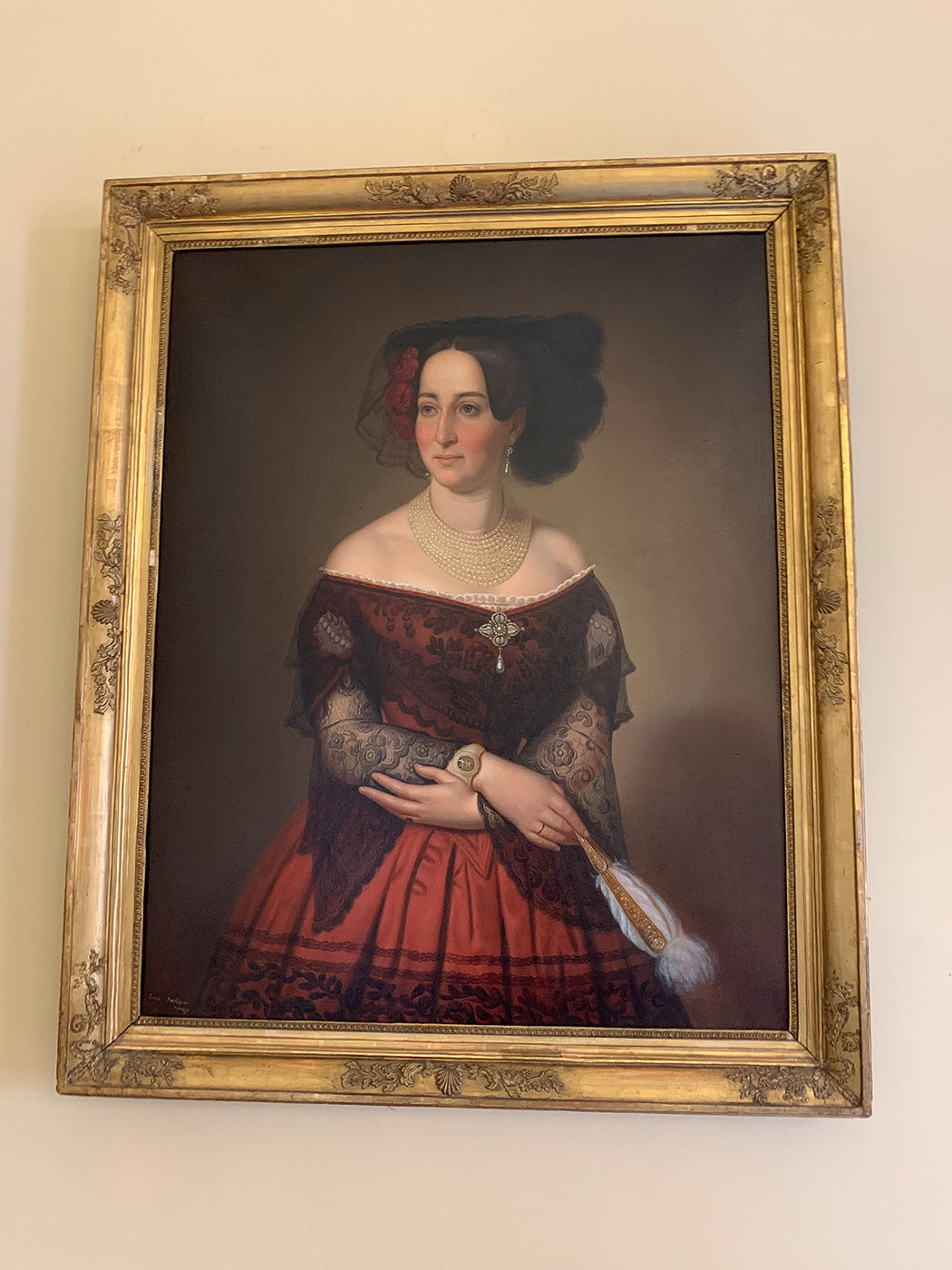
The Museum of the City of Athens, housed in these two historical buildings, was founded by Lambros Eutaxias with a trust fund of his uncle Alexander Vouros in 1973, and opened its doors to the public in 1980. The museum highlights Athens as a city with its history and culture. It exhibits typical late 19th-early 20th century drawing rooms of the Athenian aristocracy along with collections of paintings of renown Greek and foreign painters, lithographs, maps, documents, period furniture and musical instruments among others.
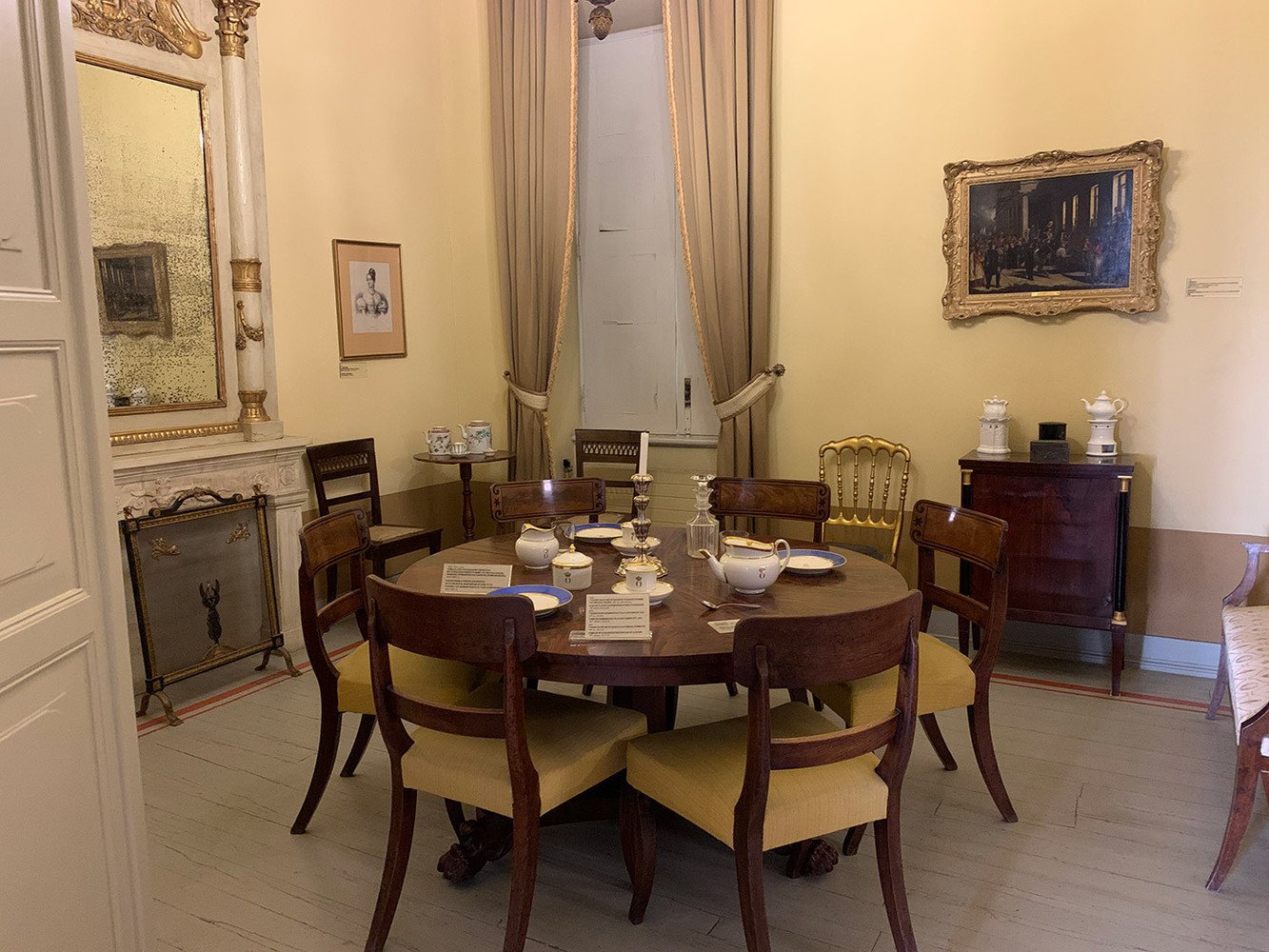
As you enter from the entrance at no. 7, on your right there is the largest painting of Athens ever created, measuring 3x5m, by Jacques Carrey, “The Marquis Charles Francois Olier de Nointel,” depicting the Marquis and his entourage set against Athens and the Acropolis in 1674. It is of historical importance as it shows the Parthenon intact 13 years before it was bombarded by Morosini in 1687. There is also a scale model by the Greek architect Travlos, depicting Athens and its buildings as it was in 1842, with a video projection of these historical houses.
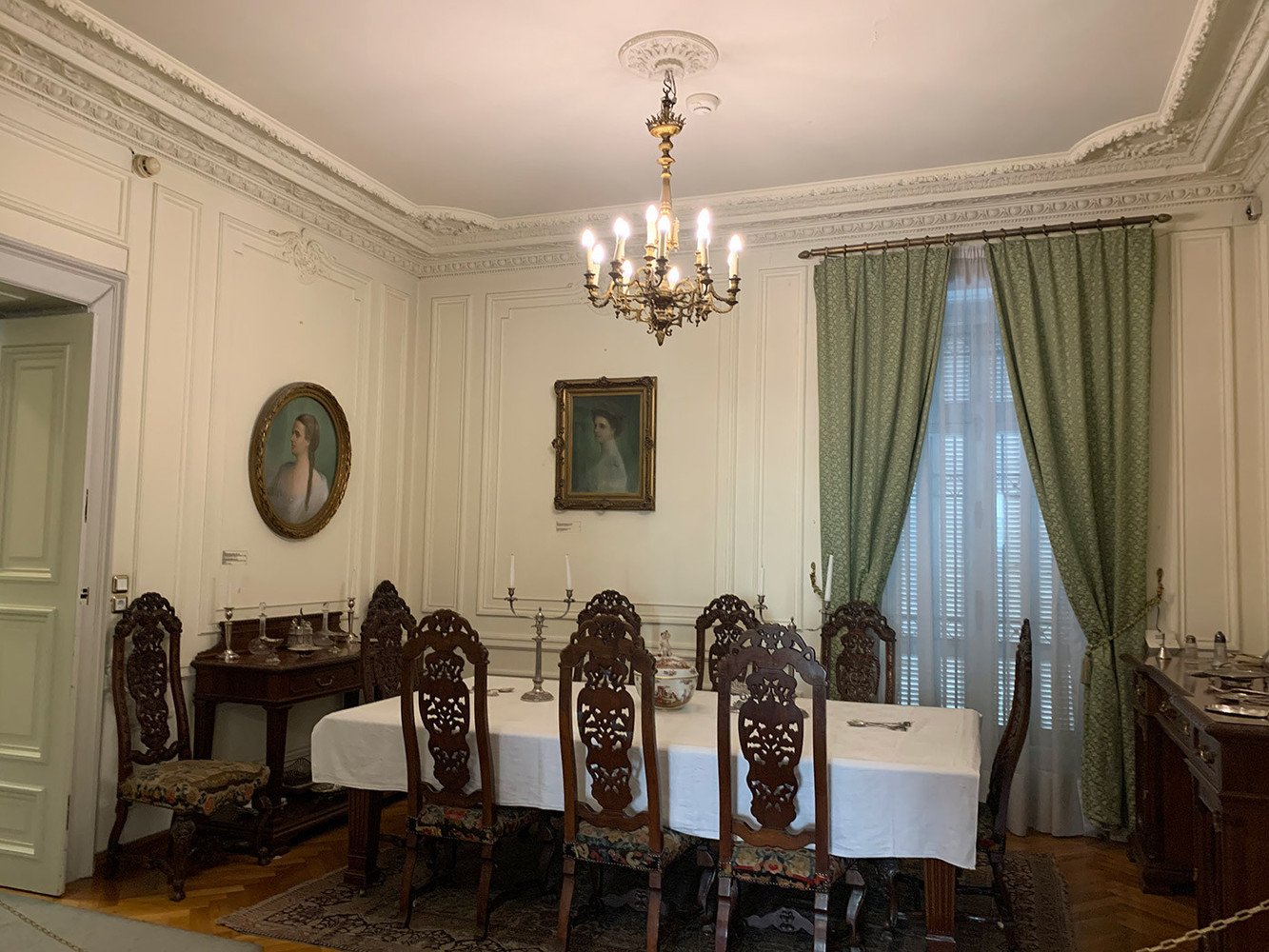
Going up the staircase and walking through the second floor rooms, you can see the famous painting “Carnival of Greece” by the prominent Greek painter N. Gyzis, Queen Amalia’s drawing room with writing desk and piano, the room with the Constitution of 1844, King Otto’s Throne room, the dining room with marble fireplace, the sitting room with the double tavli or backgammon table and others. Crystal chandeliers, gilded mirrors and consoles, paintings, leather bound books, porcelain and crystal glasses, embossed furniture and carpets accentuate the regal opulence of the time. A short flight of stairs through the connecting corridor takes you to the new palace built by Constantinos Decozis Vouros. The drawing rooms here are typical of the upper class Athenian homes of the late 19th century.
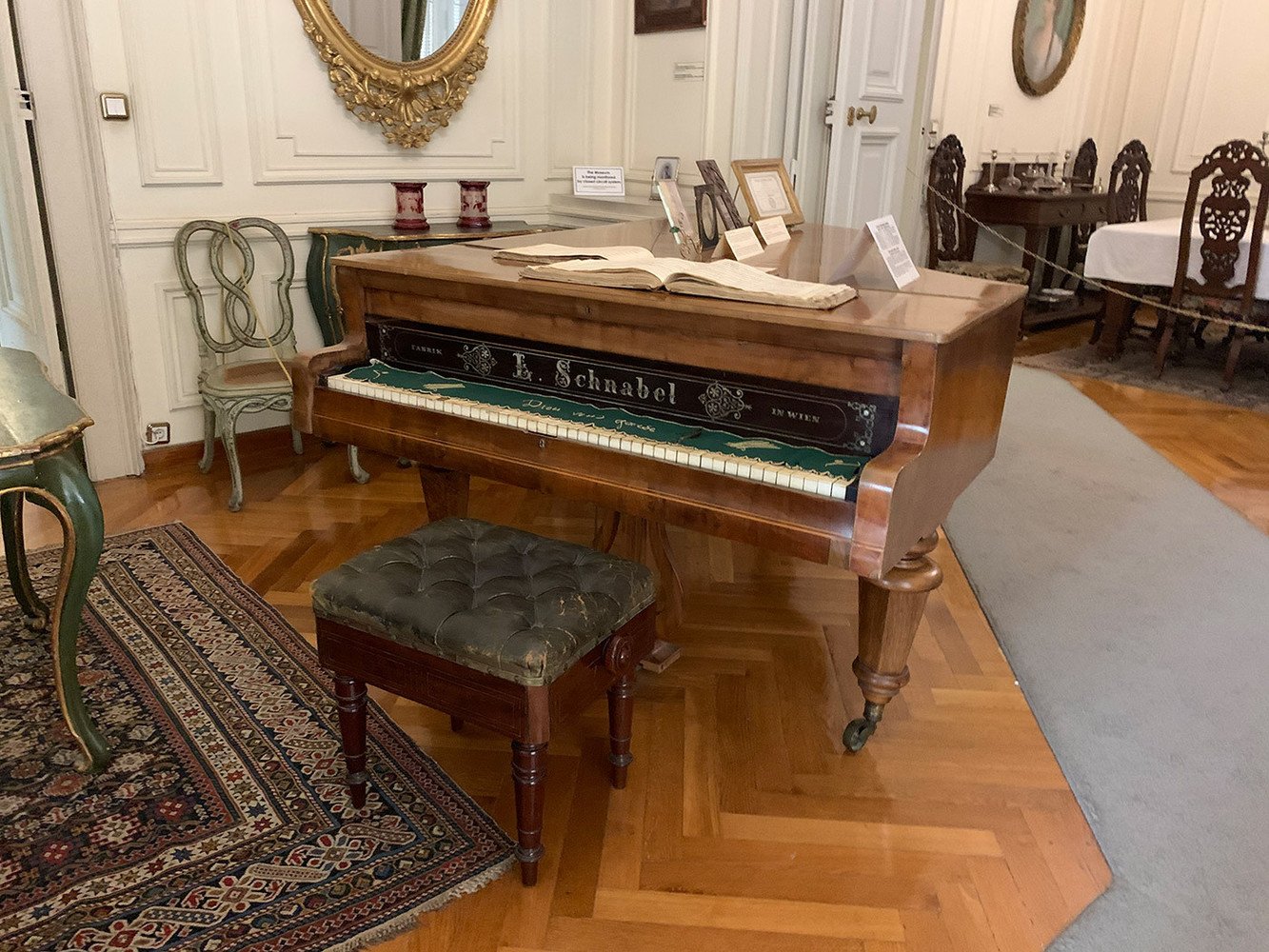
The Museum’s gallery is situated on the top floor and hosts periodic exhibitions.
There is the Museum Bistrot, the “Black Duck Garden” which opened in 2013, and offers breakfast, brunch, lunch and dinner. It is a favorite hangout of Athenians who come to enjoy a meal, coffee or drink in the open air in summer or in the atrium in winter.
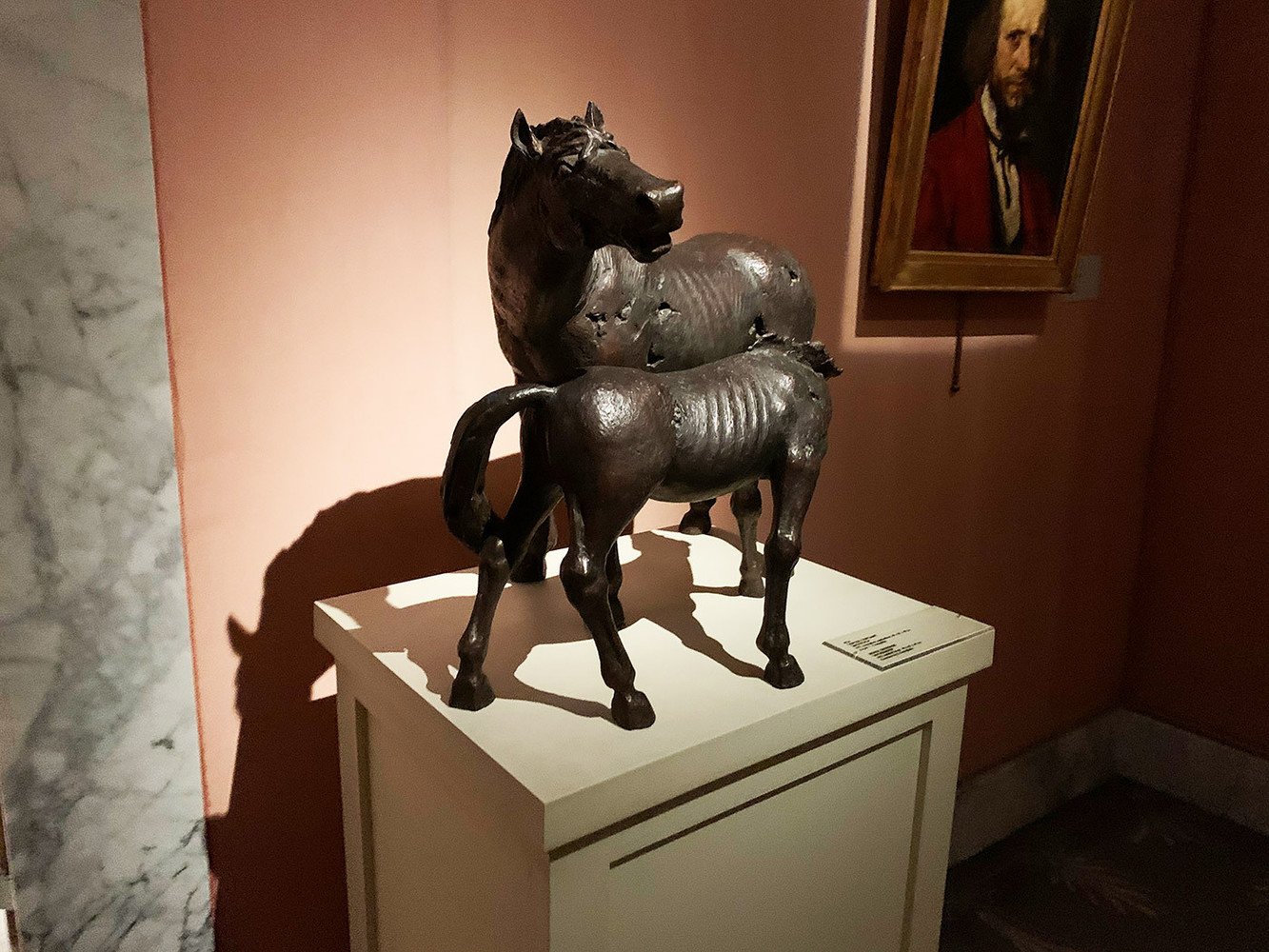
The Museum also holds educational programs for children using paintings, video showings, archives and the rooms to familiarize the visitor with the history and culture of Athens.
Opening Hours are: Monday, Wednesday, Thursday and Friday from 9am-4pm, Saturday and Sunday from 10am-3pm. Tuesday the Museum is closed.
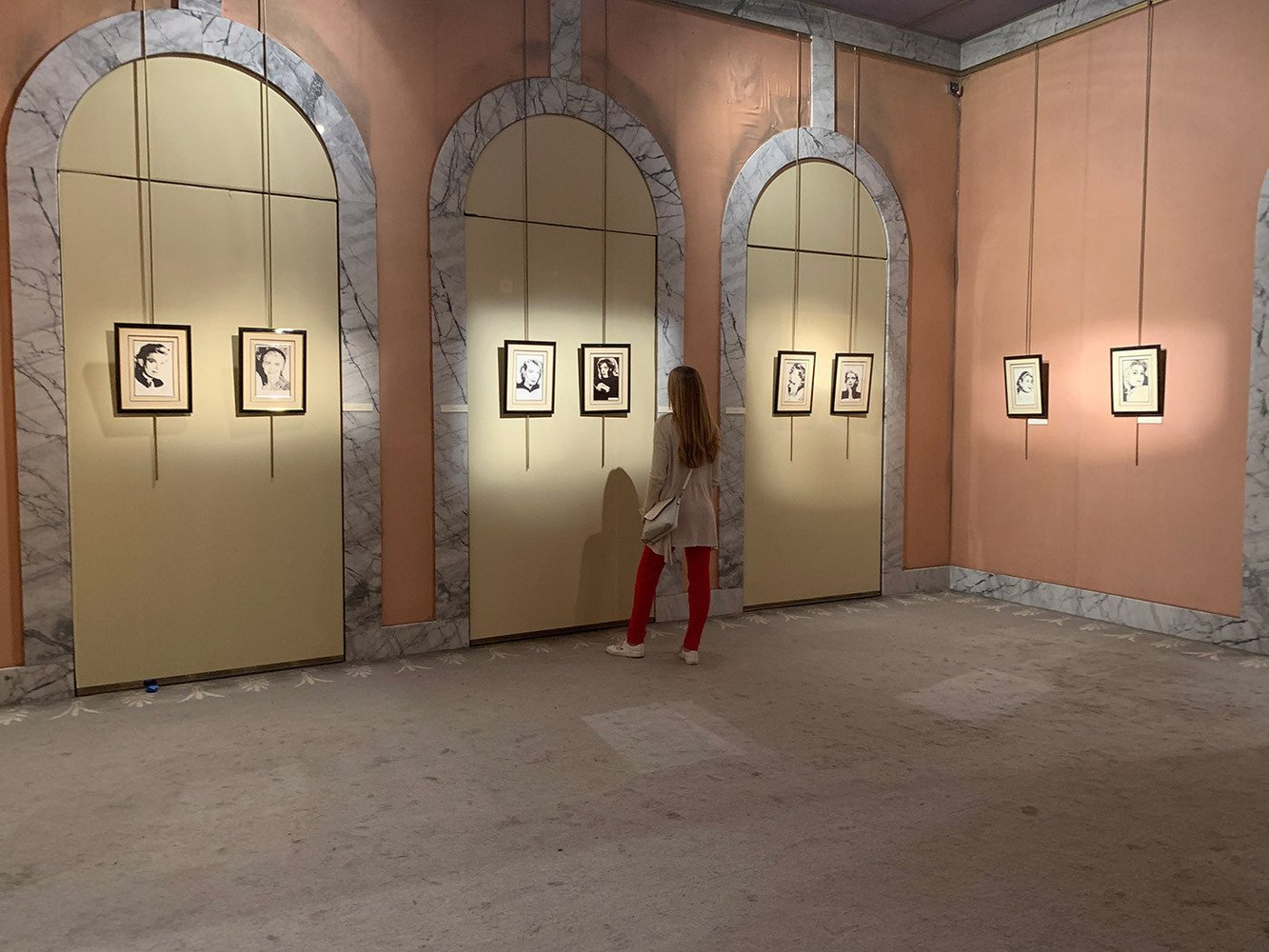
Entrance fee is €5 regular and €3 reduced.
For further information and guided tours, you can visit the Museum’s website www.athenscitymuseum.gr or contact them on +30 210 3231397 and +30 210 3231387.
Cover Photo Credits: Athens Insiders